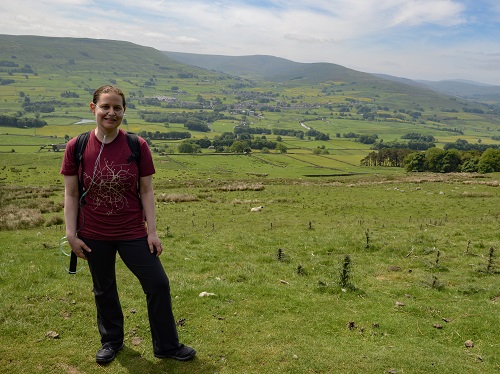LAM is a fatal condition without a cure and I am grateful for every day.
In June 2010, I was diagnosed with lymphangioleiomyomatosis (LAM), an exceptionally rare, progressive lung disease. LAM occurs predominantly in women of child-bearing age (I was 30 years old at diagnosis) and progresses at varying rates among patients. There are just over 3,000 diagnosed LAM patients worldwide, but the total number of patients (including those undiagnosed) is estimated at 200,000-300,000.
Due to the disease, my airways are obstructed and my lungs are covered in cysts. I easily get short of breath and I am at great risk for lung collapses. The oxygen level within my blood decreases more easily than in healthy people, which means my vital organs don’t always get the oxygen they need. I use supplemental oxygen when I exercise and when I fly since my oxygen levels drop in these situations.
LAM is easily misdiagnosed (doctors first thought I had asthma). There is a lack of awareness of and familiarity with the disease within the medical community and the symptoms of LAM are similar to those of other more common lung disorders. It took seeing four pulmonologists and over a year for me to be properly diagnosed. For many patients, diagnosis takes even longer. Given that progression of the disease is variable and not well-defined at this time, quicker diagnosis and more real-time monitoring of patients’ disease progression is crucial.
I am lucky that when I was diagnosed there was a viable treatment option that would slow the progression of the disease, but the medication does not kill LAM cells, so it is not a cure. It also doesn’t work for all patients, and when people stop taking it, the disease picks right up where it left off. We don’t know how long it will keep working or how long people can safely stay on it. Because of this medication, I’ve been considered more or less stable since my diagnosis. But that could change at any time.
I am grateful to the LAM Foundation, which was integral in securing the approval of the only current treatment for LAM and offers great support to patients throughout the world. And I am grateful to Jeanine D’Armiento, MD, PhD of The Center for LAM and Rare Lung Diseases at Columbia University, who diagnosed me and has provided the highest level of medical and emotional care to both me and my family since my diagnosis.

